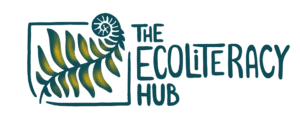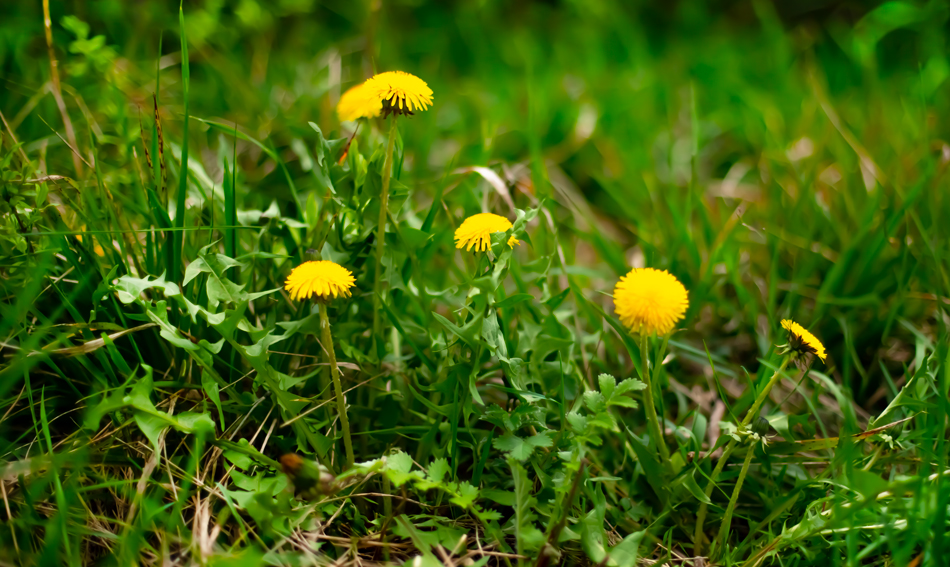Acting for sustainability means turning awareness into action, both individually and collectively, to help shape a better future. It reminds us that climate change and biodiversity loss won’t reverse without systemic change — not just new technologies, but also cultural shifts, new habits, and fairer institutions.
Every person makes daily choices, as students, consumers, workers, or community members and together these decisions can transform the way society works. Small, one-off actions are not enough; we need consistent, long-term change. Choosing sustainable transport, renewable energy, or circular products that last longer are just a few examples.
At the same time, decision-makers must also share their power so that citizens’ actions can truly make an impact. From voting and volunteering to community projects and global cooperation, collective efforts matter. Learning for sustainability gives us the skills, knowledge, and confidence to take action and reduce our footprint while increasing our positive contributions to the planet.

